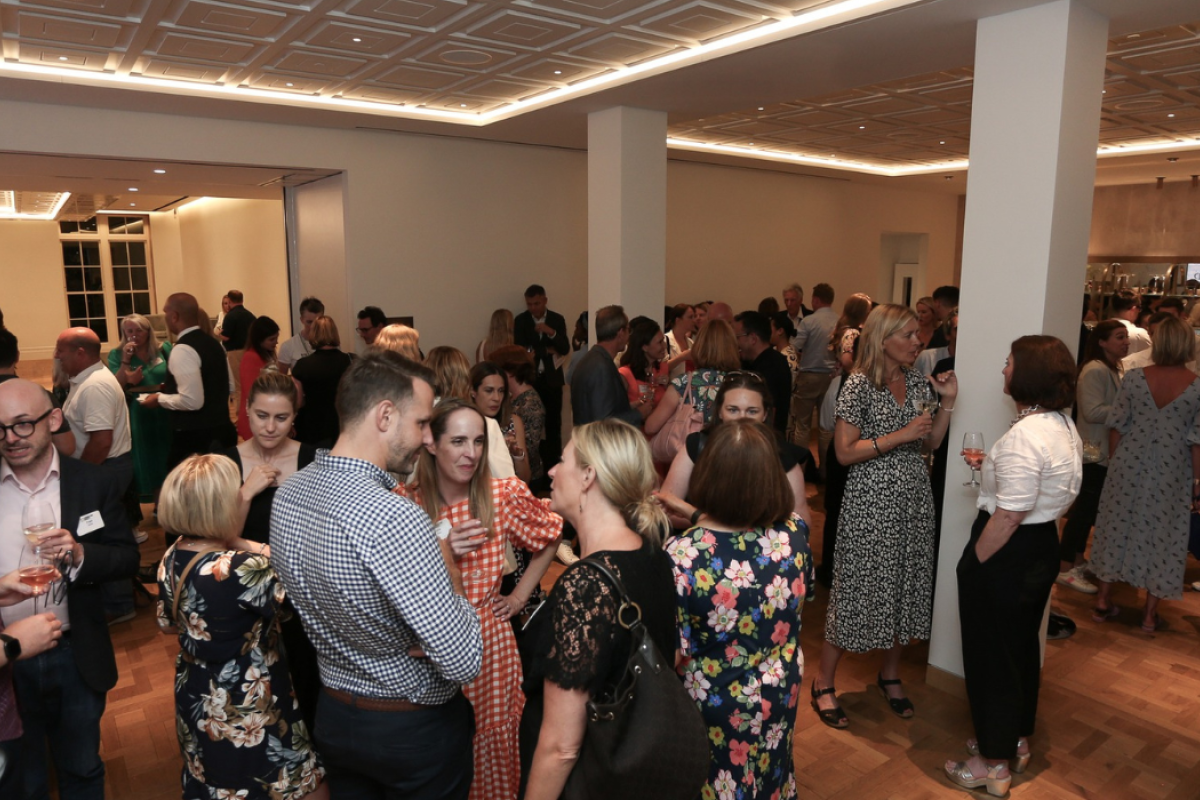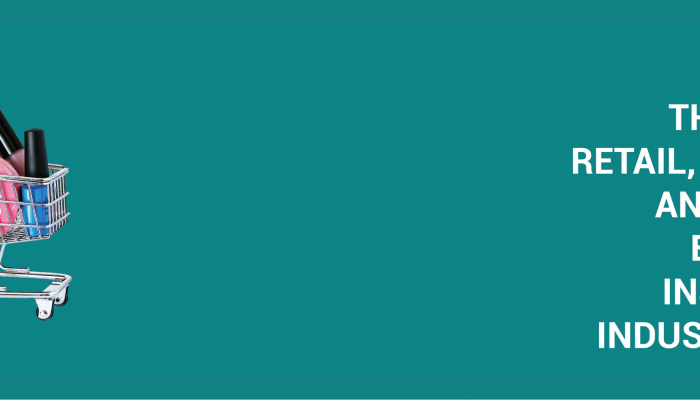The call to arms for authenticity, a woke generation, and more flighty audiences - these new realities continually pressure brands to know and characterise their consumers. Community is thrown around as a dirty word, making its rounds back into trend reports, boardrooms, and even KPIs. By treating community as an outcome, brands have the inordinate task of measuring a living sociological occurrence against a repetitive set of tangible benchmarks.
Community is all around us. The experience and existence of community pre-dates brands. So why are brands confronted with it? Here are three myths debunked, and their corresponding mindset shifts for more effective community building.
Myth 1: Audience and Community are the same
The traditional relationship between audience and brand is one-way, with brands driving the conversation. But a community is a living, breathing ecosystem with a multitude of interactions and exchanges. It is an arena where people – not customers – communicate and share their values, visions, dreams, and opinions. When brands are a part of communities, they have an opportunity to participate with people. It also becomes an avenue to test out new ideas and integrate insights from how people live, learn, and play.
Shift 1: Acknowledge that no brand can own a crowd. Be a co-creator of the shared experience. Don’t demand attention, hold space.
Myth 2: Community is a created commodity
Drivers of influence are often conflated with drivers of community. When community is commercialised, influence becomes a business goal tied to revenue generation and commercial success. Community gets whittled down to platform measurables and engagement metrics in a bid to be quantified. But community does not belong in this playbook. Instead, establish community as an organic experience to nurture and cultivate. Be curious about ways to enhance existing bonds and facilitate cross-cultural interactions. What views are being shared? Which are pervasive and which are invisible? What is shared and what is unique?
Shift 2: Understand that communities exist organically. Be a facilitator of shared value exchange. Don’t commercialise community, cultivate it.
Myth 3: Mass appeal is the way to achieve relevance
Community relevance is not a popularity contest. Like trust, relevance is gained. Instead of laying claim on every shiny new thing, build focused rapport with one strong stance. Here’s a thought experiment: Pick a niche. Just this once, don’t have it all. Dive in, spend time, and look within specific communities that exist organically. Who might you empower? What are new ways to uplift and serve them? Will your product and service evolve? Can your innovations transform?
Brands are used to chasing down culture and want to be at the forefront of discovering (read: monetising) the next cultural shift (read: consumer trend). More thoughtful approaches will shift this fixation on popularity toward actual impact on lived experiences.
Shift 3: Niche up and serve a community. Be of service to existing communities. Don’t make culture, empower it.
Community is cultivated. Brands must shift from chasing culture to facilitating the ways it springs and evolves. By embracing nuance, holding space for communities to emerge organically rather than demanding attention, and serving niches instead of chasing mass appeal, brands can become relevant partners integrated into people's lived experiences
Written by Michelle Koh, APAC Growth & BD Lead at Maker Lab
Published on 15 February 2024



